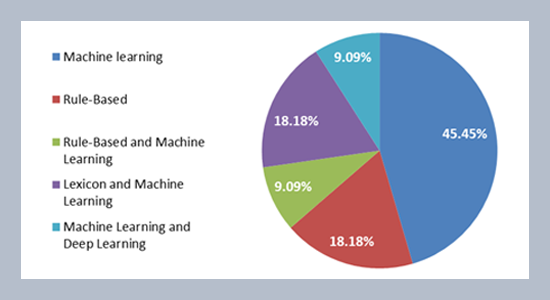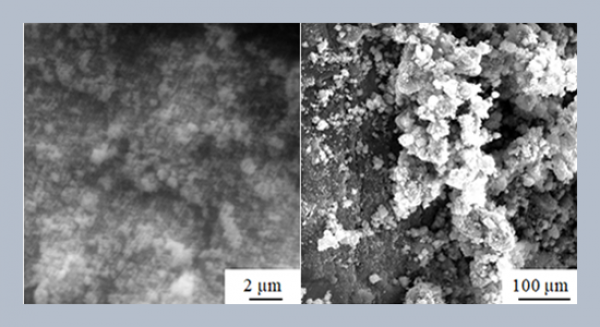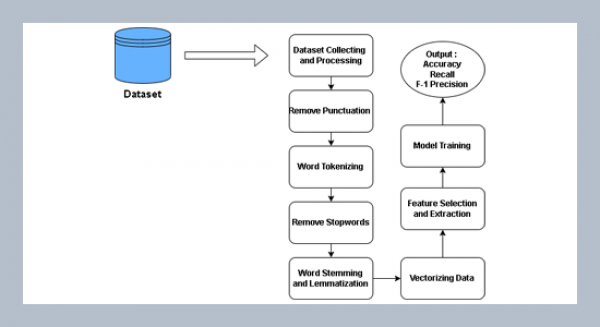Ahmed S. Abuhammad1,2*, Mahmoud A. Ahmed3 1 Department of Information Technology, University of the Holy Quran and Taseel of Science, Wad Madani, Sudan 2 Department of Computer Science and Information Technology, University College of Science and Technology, Khan Younis, Palestine 3 Department of Computer Science, University of Khartoum, Khartoum, Sudan
Download Citation:
|
Download PDF
Negation is a linguistic phenomenon that can cause sentences to have their meanings reversed. It frequently inverts affirmative sentences into negative ones, affecting the polarity; therefore, the sentiment of the text also changes accordingly. Negation can be expressed differently, making it somewhat challenging to detect. As a result, detecting negation is critical for Sentiment Analysis (SA) system development and improvement and will increase classifier accuracy, but it also poses a significant conceptual and technical challenge. This paper aims to survey and gather the most recent research related to detecting negation in SA. Many researchers have worked and performed methods, including algorithmic, machine, and deep learning approaches such as Decision Tree (DT), Support Vector Machines (SVM), K-Nearest Neighbor (KNN), Naive Bayesian (NB), Logistic Regression (LR), Artificial Neural Networks (ANNs), Recurrent Neural Networks (RNNs), Bidirectional Long Short-Term Memory (BiLSTM), and other hybrid methods such as rule-based and machine learning, lexicon and machine learning, machine learning and deep learning. In addition, this paper points out the gaps and future research directions in this area.ABSTRACT
Keywords:
Machine learning, Natural language processing, Negation detection, Sentiment analysis (SA).
Share this article with your colleagues
REFERENCES
ARTICLE INFORMATION
Received:
2022-11-24
Revised:
2023-01-16
Accepted:
2023-02-04
Available Online:
2023-04-19
Abuhammad, A.S., Ahmed, M.A. Negation detection techniques in sentiment analysis: A survey. International Journal of Applied Science and Engineering, 20, 2022329. https://doi.org/10.6703/IJASE.202306_20(2).003
Cite this article:
Copyright The Author(s). This is an open access article distributed under the terms of the Creative Commons Attribution License (CC BY 4.0), which permits unrestricted use, distribution, and reproduction in any medium, provided the original author and source are cited.















